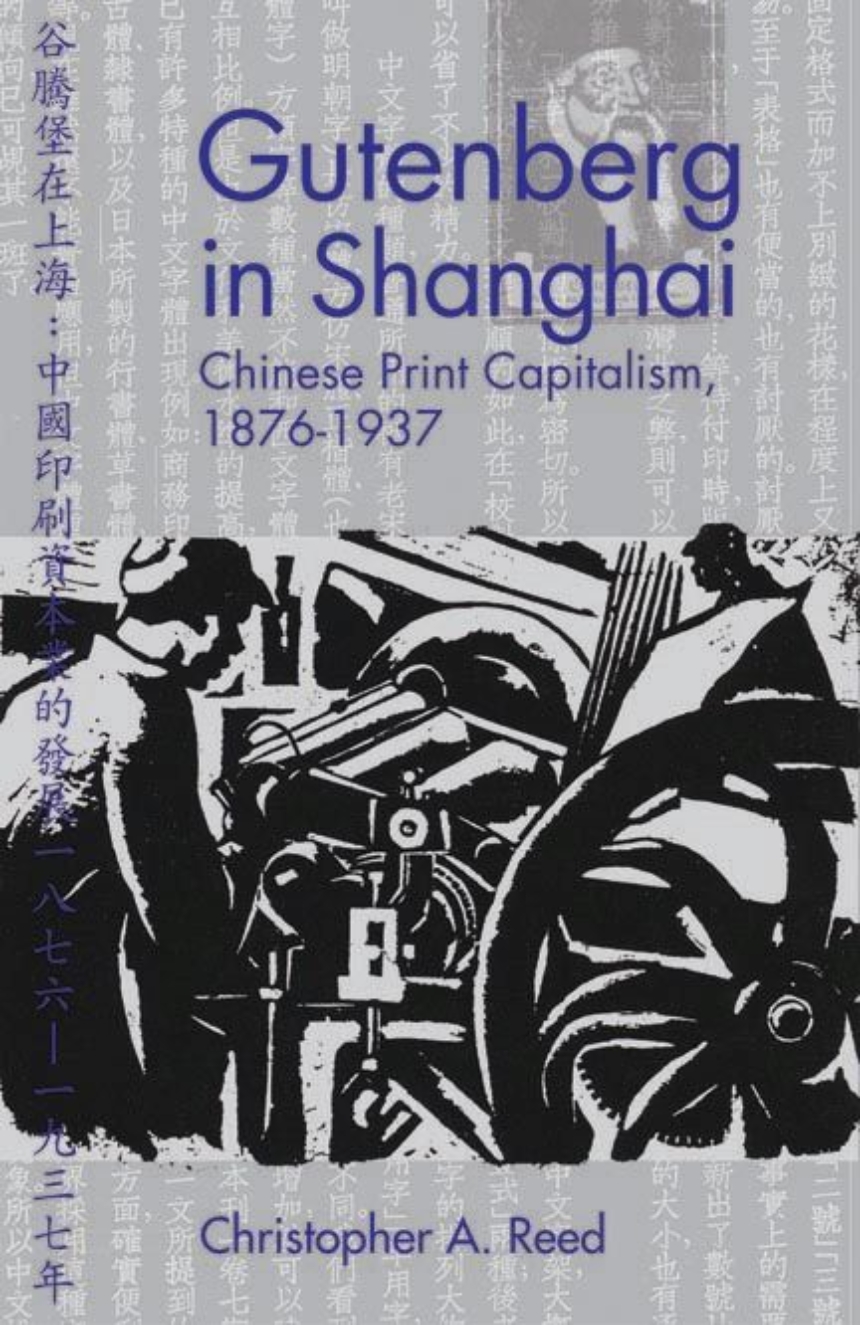9780774810418
9780774810401
Distributed for University of British Columbia Press
Gutenberg in Shanghai
Chinese Print Capitalism, 1876-1937
Relying on documents previously unavailable to both Western and Chinese researchers, this history demonstrates how Western technology and evolving traditional values resulted in the birth of a unique form of print capitalism that would have a far-reaching and irreversible influence on Chinese culture. In the mid-1910s, what historians call the "Golden Age of Chinese Capitalism" began, accompanied by a technological transformation that included the drastic expansion of China’s "Gutenberg revolution." This is a vital reevaluation of Chinese modernity that refutes views that China's technological development was slowed by culture or that Chinese modernity was mere cultural continuity.
Table of Contents
Introduction
1 Gutenberg’s Descendants: Transferring Industrialized Printing Technology to China, 1807-1930
2 Janus-Faced Pioneers: The Golden Age of Shanghai’s Lithographic Printer-Publishers, 1876-1905
3 "Sooty Sons of Vulcan": Forging Shanghai’s Printing Machinery, 1897-1937
4 "The Hub of the Wheel": Commerce, Technology, and Organizational Innovation in Shanghai’s New-Style Publishing World, 1876-c. 1911
5 "The Three Legs of the Tripod": Commercial Press, Zhonghua Books, and World Books, 1912-37
Conclusion
Appendices
Notes
Selected Asian-Language Bibliography
Selected Western-Language Bibliography
Index

